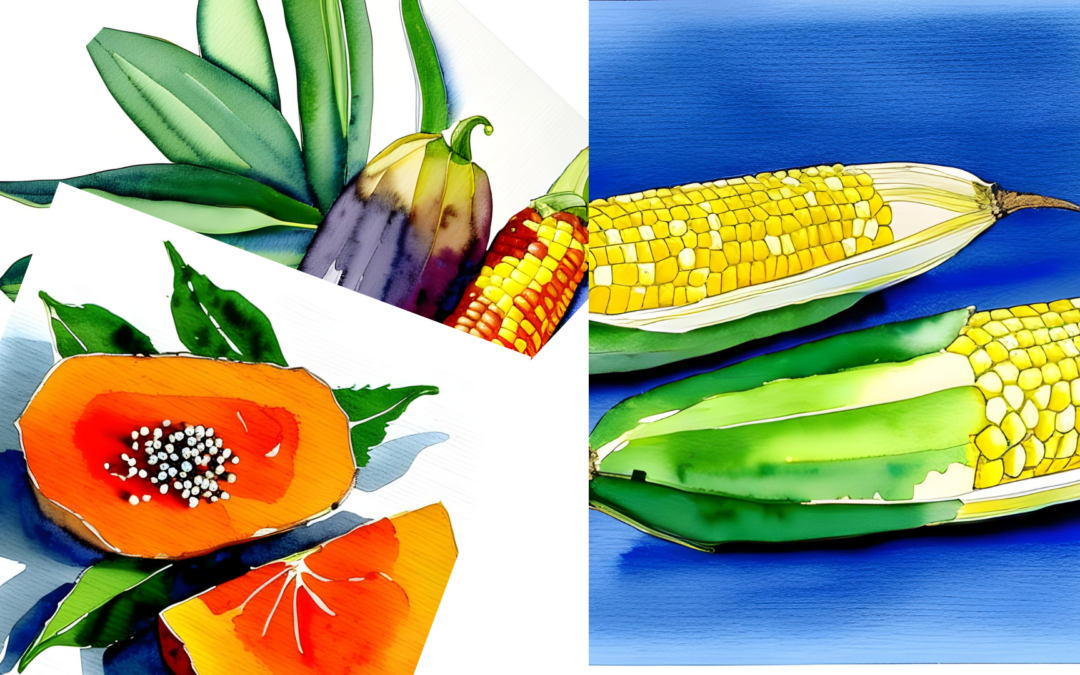Borders have always been blurry in Hispaniola. Foreign Spain and France split the island into two entities into what we know as colonial Santo Domingo and Saint-Domingue. Several treaties beyond the infamous Treaty of Ryswick divided Hispaniola into the inequitable, geographic terrain of 1/3 for Ayiti and 2/3rd for la República Dominicana.
Even as Europe carved up the Caribbean and wreaked havoc on its native citizens like the Taino-Arawak, Ciboneys, and Caribs, we resisted. Names like Anacoana and Caonabo, religious entities like the zemis, and tools like the kanoahs (canoes), all helped our indigenous zanzet survive. In spite of the violence heaped unto them, indigenous citizens of Hispaniola united, strategized, and protested against Christopher Columbus’s and the invaders brute force.
Three takeaways
Three takeaways are important as we reflect on our stories. We know their names. There were at least 3 distinct groups of Hispaniola natives even if the records are mere traces. In the face of forced religious conversions, violence, and coercive labor practices, Hispaniola natives survived. The manioc (yucca), batata, (sweet potato), maize (corn), canoes, fishing praxis, religious carvings, and community organizing, remains. Although Spain, France and so many other foreign entities divided the nation up, our native zanzet waged protest wars against them. We resisted from across the borders of colonialism. This is part of our story of where Ayiti, Ayisien, and Ayisienne come from. As oral stories inform us, the name of our nation itself, Ayiti, meaning mountainous land derives, from the Taino-Arawak’s legacy.


Recent Comments